Under glass, in a handsome brown baguette frame enhanced with gilding.
Dimensions of watercolor 45x36.5 cm.
Size of frame 71x62 cm.
Yvonne Préveraud de Sonneville - née Marguerite Latapie-Tronquet - was born on July 11, 1888 in Bordeaux, into a family of printers through her mother, Céline Oliveau (1862-1920). Her maternal grandmother Ursule remarried François Amédée Oliveau, of Imprimeries Oliveau, established on Bordeaux's Quai de la Douane since the 18th century. Her father, Alexandre Latapie-Tronquet (1863-1943), was a lawyer. His childhood was spent between the port of Bordeaux in winter and the Bassin d'Arcachon in summer, at Le Moulleau. Her parents divorced in 1897.
She attended the École des Beaux-Arts in Bordeaux, where she proved to be a gifted artist, winning the Silver Medal and First Prize for Drawing, and specializing in the Decorative Arts. She was a pupil of Paul Antin, where she met Georges Preveraud de Sonneville, an established Bordeaux painter: their engagement was announced in the salons of his uncle, the printer Gabriel Delmas. Following their marriage in April 1914, she signed her works as Yvonne Préveraud or Préveraud de Sonneville.
She expressed her talent in a particularly wide range of media and techniques. She was quickly and regularly exhibited*, in Paris and Bordeaux, between 1910 and 1959. She worked in gouache, pastel and watercolour, and later in oil, around 1955. She also made engravings, for which she was exhibited at the Argent Gallery in New York for the “Femmes Graveurs Américaines et Françaises” exhibition in 1948. She was an interior decorator for private mansions in Paris; she illustrated numerous novels**; she painted theater sets (La Traviata at the Paris Opera in 1927); she designed jewelry for Llonguet; she painted porcelain, and miniatures on mother-of-pearl or ivory; she produced several advertising posters.
A member of Bordeaux's upper middle class, she was nonetheless drawn to the city's nightlife and underworld districts. She painted the merrymakers of Meriadeck, numerous female nudes and, like her husband, scenes of balls, circuses and docks. Whimsical, seductive, nonchalant, elegant and worldly... from 1910 to 1960, these pleasant adjectives will be found in the writings of all those who evoke the work of the woman who, with Georges de Sonneville, formed a close-knit artistic couple for over sixty years. The best years of their family life, which also coincided with the blossoming of their talents, were spent between 1914 and 1932, between their studio at 23 rue du Couvent in Bordeaux and the village of Martillac in the Graves region, where artists, musicians and writers continued to visit them.
The tragic death of their eldest daughter, Colette, in 1932, changed their lives and marked the couple until their deaths.
Less recognized by posterity than her husband, she nevertheless remained a prolific and refined artist, acclaimed by critics for the richness and diversity of her work. She continued to create and paint until 1958, when health problems forced her into inactivity, and she died four years after Georges, in Talence, on March 6, 1982.
*Exhibitions in Paris: Marcel Bernheim (1913), Musée du Luxembourg (until 1958), Salon d'Automne (1948), des Tuileries (1927), des Indépendants (1931-1953 to 1959) and Salon Populiste (1946-47, 1950-51-52), du Nu chez Bernheim Jeune (1954-1959). In Bordeaux: at SAA (from 1910 to 1920), at Indépendants Bordelais (1928-1938), at Grézy and Imberti from 1910.
**Valérie Larbaud's Les Enfantines de Valéry in 1926, Jacques de Lacretelle's Les Rêveries Romantiques and other works from 1927, Alphonse Daudet's Jack in 1929, André Gide's Les Faux-Monnayeurs in 1930, La vie de Disraeli by André Maurois in 1930, Lettres by Alfred de Musset and Georges Sand in 1931, La Ligne by Jean Gérard Fleury in 1944, Autant en emporte le vent by Margaret Mitchell in 1945, Conseils à la femme nue by Roger Allard in 1930.




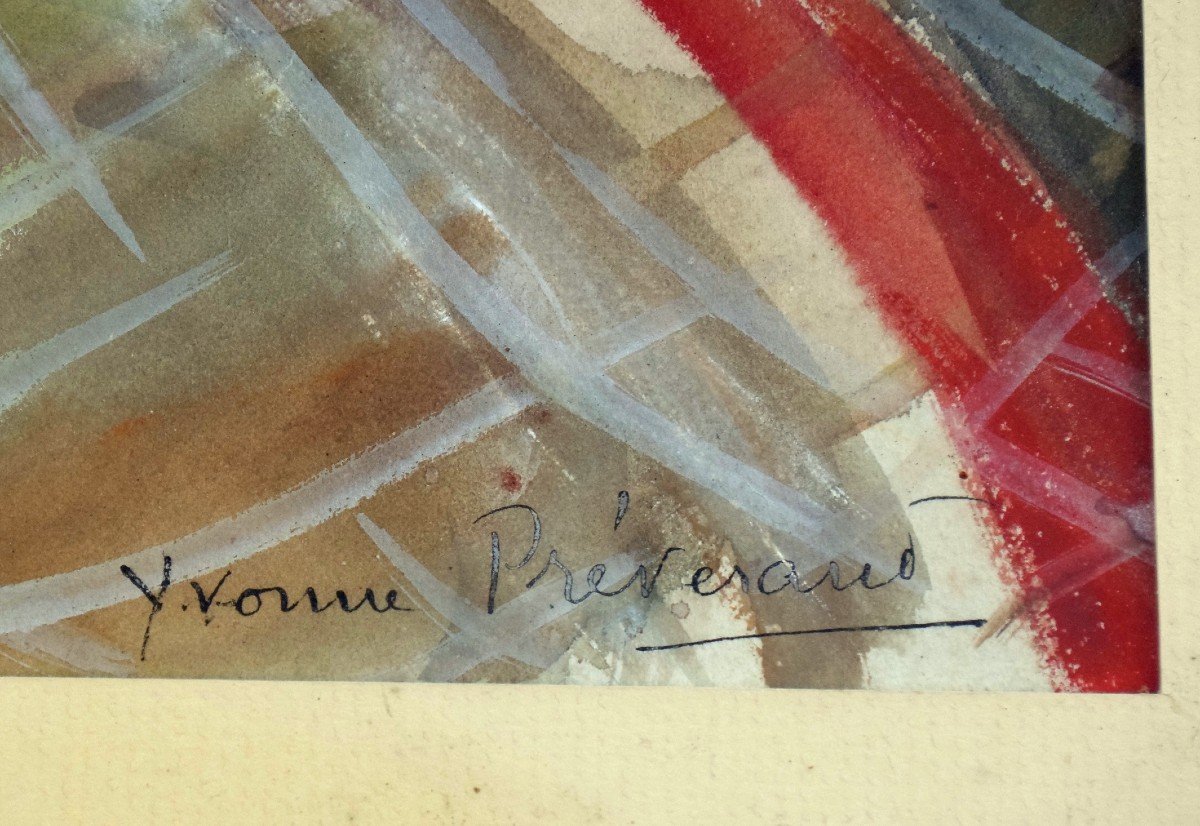


















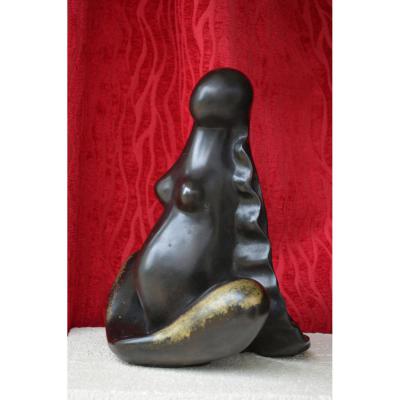

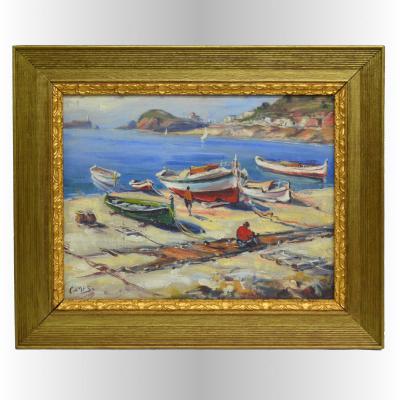


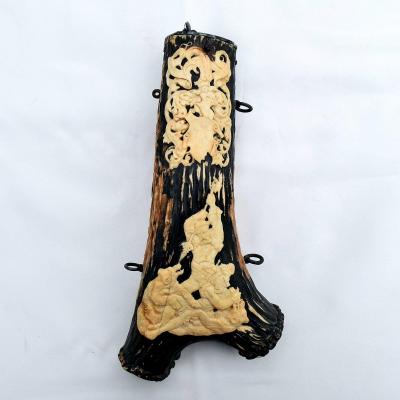

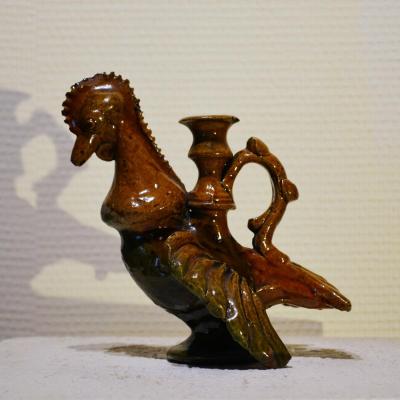
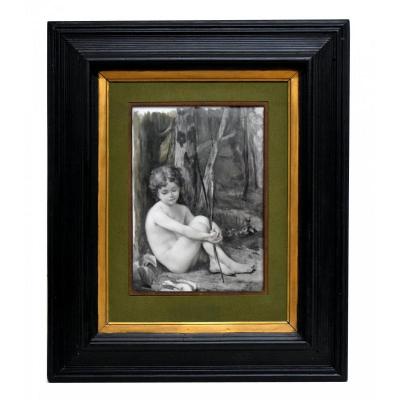

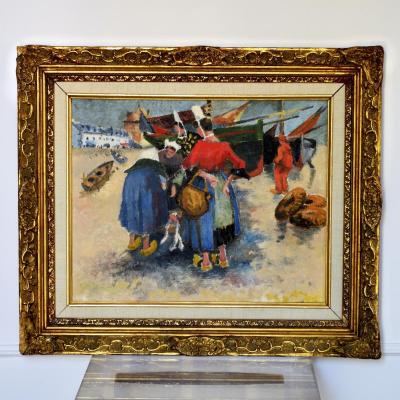



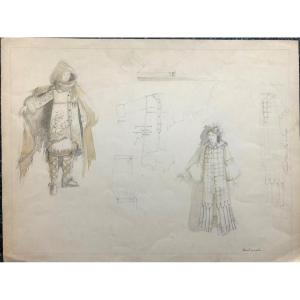
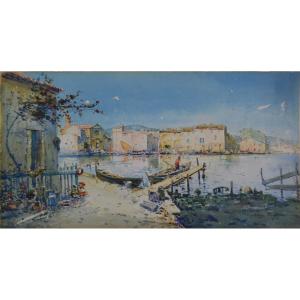



 Le Magazine de PROANTIC
Le Magazine de PROANTIC TRÉSORS Magazine
TRÉSORS Magazine Rivista Artiquariato
Rivista Artiquariato